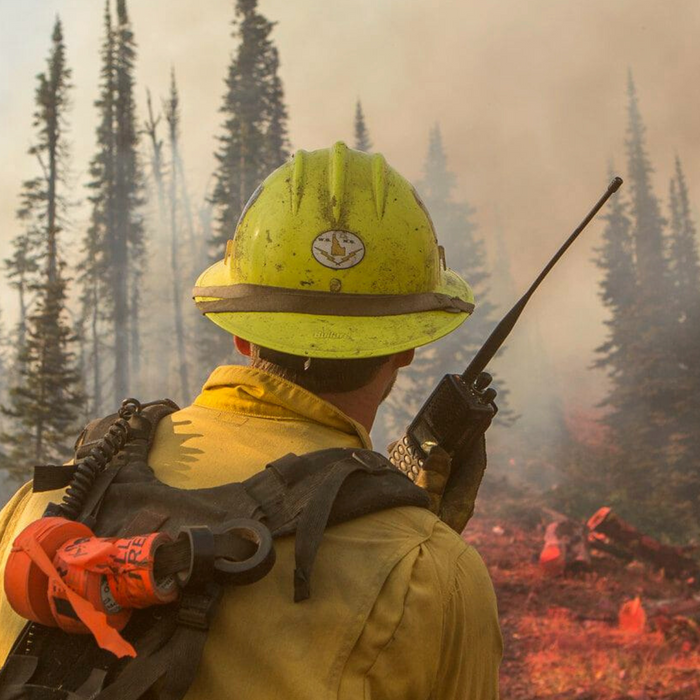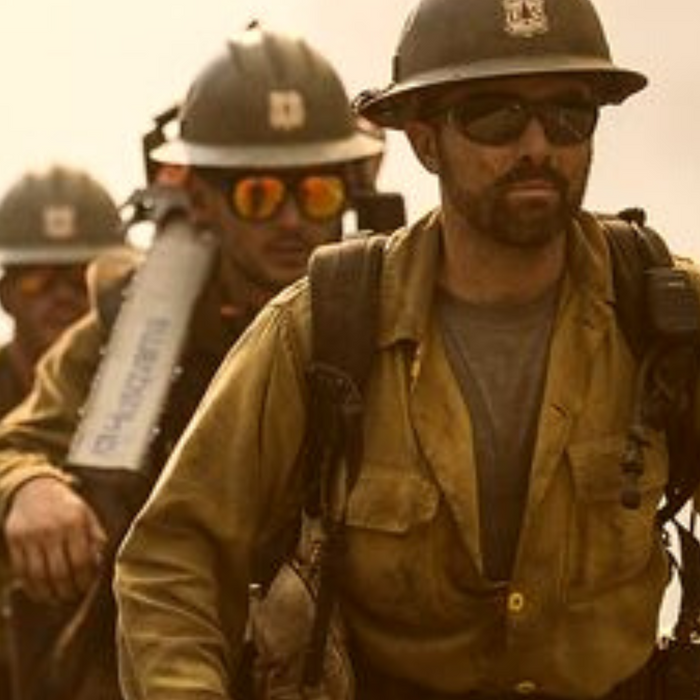When it comes to emergency medical services (EMS), every second counts. The ability to communicate quickly and effectively can mean the difference between life and death. That's where two-way radios have truly revolutionized the EMS industry. With their advanced features and reliable performance, these radios have transformed communication, leading to faster response times and improved patient care.
Enhanced Mobility with Mobile Radios
One of the key ways two-way radios have revolutionized EMS communication is through the use of mobile radios in ambulances and fire trucks. These radios provide a vital lifeline between the emergency responders and the dispatch center. With their powerful transmitters and receivers, mobile radios ensure clear and uninterrupted communication, even in remote or challenging environments.
Mobile radios are equipped with features specifically designed for EMS professionals. They offer loud external speakers, allowing responders to keep their focus on the road and their surroundings while communicating. Additionally, some of these radios have built-in GPS capabilities, enabling dispatchers to track the location of the vehicles in real-time. This feature is invaluable in situations where time is of the essence, as it allows dispatchers to direct the closest unit to the scene.
The KNG-M series mobile radios offer EMS professionals a variety of customized configurations to meet their needs. The KNG M mobile radios are available as standard 50 watt power and 110 watt high power options. The standard 50watt radios are used in most city applications as opposed to extremally rural communities that utilize a 110 watt radio to communicate over extended distances. Additionally these radios can be a dash mount installation where the drive can see all of the information at a glance or remote mount installation with a remote head that can be attached to a 25' cord allowing anyone in a large fire engine or ambulance to communicate over the radio to dispatch. To view the KNG-M mobile radios Click Here.
Portable and Reliable Handheld Radios
In addition to mobile radios, handheld two-way radios play a crucial role in EMS communication. These compact devices are lightweight and easy to carry, making them ideal for EMS personnel who need to stay connected while on the move. Whether it's a paramedic attending to a patient or a firefighter coordinating efforts at the scene, handheld radios provide instant and reliable communication.
BKR-5000 handheld radios are designed to withstand the demanding conditions faced by EMS professionals. They are built to be rugged and durable, capable of withstanding drops, shocks, and exposure to water. This ensures that the radios remain operational even in the most challenging environments, such as during a rescue operation in inclement weather or in a hazardous materials incident. To view the BKR5000 radio Click Here.
Improved Response Times and Patient Care
The use of two-way radios in EMS communication has had a profound impact on response times and patient care. By enabling instant communication between responders and dispatchers, these radios eliminate the need for time-consuming phone calls or relaying messages through intermediaries. This direct and immediate communication allows for faster decision-making and coordination of resources.
With the ability to communicate in real-time, EMS personnel can provide vital information about a patient's condition to the receiving hospital before arrival. This allows the hospital staff to prepare the necessary resources and personnel, resulting in a smoother and more efficient handover. Additionally, the use of two-way radios facilitates better coordination among the various responders at the scene, ensuring that everyone is on the same page and working towards a common goal.
Summary
In conclusion, two-way radios have revolutionized EMS communication by providing enhanced mobility, reliable performance, and instant communication. Whether it's through the use of mobile radios in ambulances and fire trucks or handheld radios for personnel on the ground, these devices have significantly improved response times and patient care. As technology continues to advance, we can expect even more innovations in the field of EMS communication, further enhancing the capabilities of these essential tools.





Leave a comment